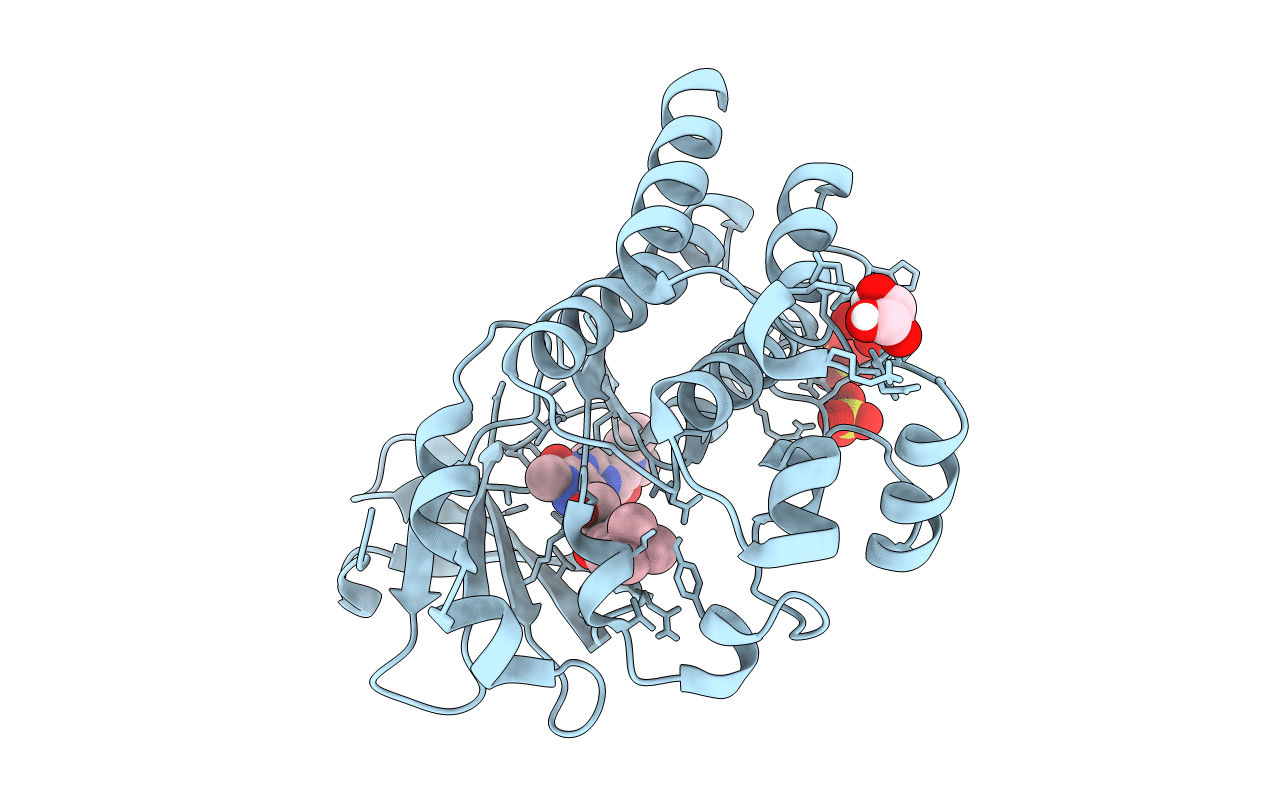
Deposition Date
2017-11-02
Release Date
2018-11-07
Last Version Date
2025-04-02
Method Details:
Experimental Method:
Resolution:
1.90 Å
R-Value Free:
0.22
R-Value Work:
0.16
R-Value Observed:
0.16
Space Group:
P 61


